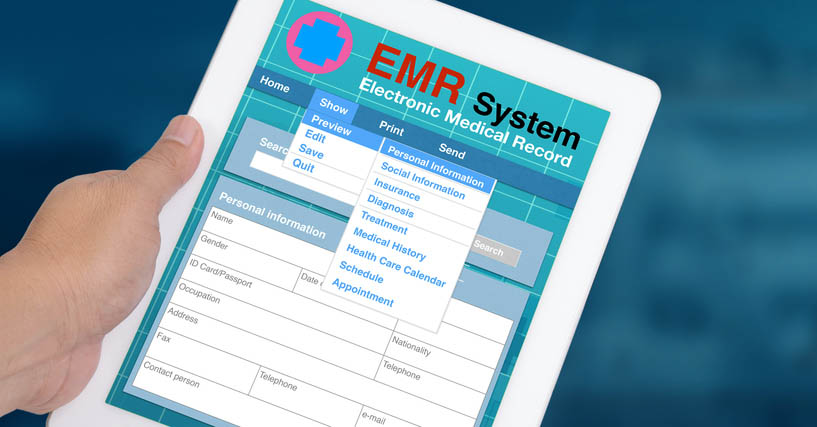A paper or electronic patient health care information record serves two major purposes: communicating information both within and outside the practice and creating written history in the event of later questions or challenges. Complete, accurate, and legible health care information records document all phases of medical treatment, including the care plan, laboratory and diagnostic testing, procedures performed, and medication provided.
The new Nurse Practitioner Claim Report: 4th Edition from CNA and Nurses Service Organization (NSO) analyzed 287 closed professional liability claims against nurse practitioners (claims that resulted in an indemnity payment of $10,000 or greater) over a 5-year period. The report’s analysis revealed that the majority of claims against NPs resulted from an alleged failure involving core competencies, and demonstrates that nurse practitioners are responsible for reviewing, following up on, and documenting the results of appropriate tests and consultations in a timely manner.
The following general principles of documentation can help the practice maintain a consistent, professional patient health care information record:
- Ensure that hard-copy notes are legible and written and signed in ink, and also that they include the date and time of entry.
- Avoid subjective comments about the patient or other health care providers.
- Correct errors clearly by drawing a single line through the entry to be changed.
- Sign and date the correction, as well as the notation giving the reason for the change.
- Do not erase or obliterate notes in any way. Erasing or using correction fluid or black markers on notes may suggest an attempt to purposefully conceal an error in patient care.
- Document actions and patient discussions as soon as possible after the event. If it is necessary to make a late entry, the entry should include the date and time, along with the statement, “late entry for ______” (i.e., the date the entry should have been made).
- When dictating notes, include all vital information, such as date of dictation and transcription. Sign transcriptions and write the date of approval or review.
- Never alter a record or write a late entry after a claim has been filed, as this may seriously compromise legal defense.
- Develop a list of approved abbreviations for documentation purposes. Review and revise the list as necessary and at least annually. In addition, maintain a list of error-prone abbreviations that should never be used, such as this one from the Institute for Safe Medication Practices.
- If using a form, complete every field. Do not leave any lines blank.
Furthermore, to help nurse practitioners avoid this segment of risk, nurses should ensure their practice has a written policy governing documentation issues, and all staff members are trained in proper documentation practices. The policy should address, among other issues: health care information record contents, patient confidentiality, release and retention of patient health care information records, and general documentation guidelines.
And while rare events may be difficult to prevent, nurse practitioners can glean lessons from the experiences of their colleagues to help evaluate and enhance their own patient safety and risk management practices.
Disclaimer: This article is provided for general informational purposes only and is not intended to provide individualized business, risk management or legal advice. It is not intended to be a substitute for any professional standards, guidelines or workplace policies related to the subject matter.
This risk management information was provided by Nurses Service Organization (NSO), the nation’s largest provider of nurses’ professional liability insurance coverage for over 550,000 nurses since 1976. Reproduction without permission of the publisher is prohibited. For questions, send an e-mail to [email protected] or call 1-800-247-1500. www.nso.com.



